David Luke
ROE Formula: How to Calculate Return on Equity (ROE)
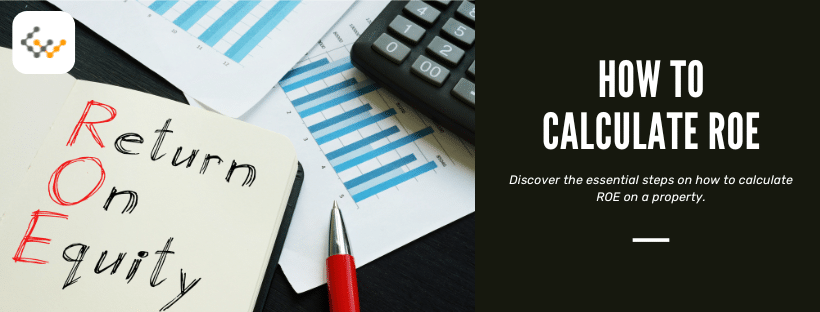
Return on equity (ROE) is a ratio used to measure the profitability of a real estate investment in comparison to shareholders’ stakes in the property. It shows how effectively an investment’s capital is being used to generate profits and thus is helpful when evaluating properties being considered or already in a portfolio.
Calculating ROE is a fairly straightforward process and something that every real estate … Read More
Capital Expenditure Formula: How to Calculate CapEx
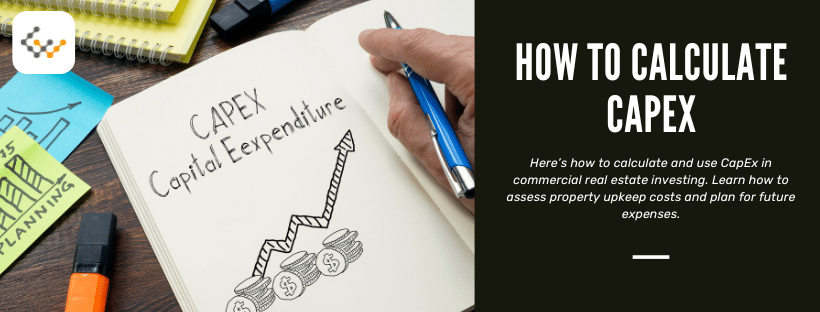
Commercial real estate investors need a solid understanding of just how much they’re putting into properties and other assets. The capital expenditures (CapEx) formula shows just that. Here’s how to calculate and use CapEx in commercial real estate investing.
What are Capital Expenses (CapEx) in Real Estate?
Capital expenses are the costs necessary for acquiring, maintaining, and improving physical assets. Commercial real estate primarily involves … Read More
Rentable Square Footage vs Usable SF: What’s the Difference?

The space that retail and office tenants have in commercial real estate properties can be measured in two ways: rentable square footage and usable square footage. Although the two may sound like they refer to the same space, there’s actually an important difference between them.
This difference should be understood when renting multi-tenant retail and office properties. It’s usually not used for industrial or multifamily … Read More
A Guide to One Percent Rule in Real Estate Investing

Real estate investors can use a variety of litmus tests to determine whether a property could be worth investing in. No single rule is a failsafe in real estate, but several can be informative when screening or evaluating properties. The one percent rule is among the most common tests used by investors who prioritize rental income.
What is the One Percent Rule in Real Estate? … Read More
Depreciation on Rental Property: Calculation & Requirements
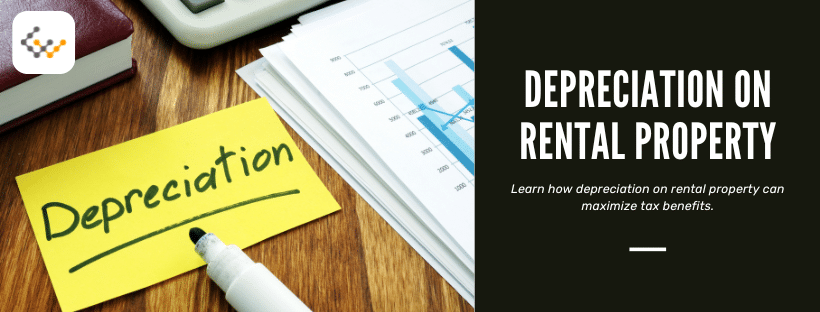
Understanding depreciation is essential to accurately evaluating rental property financials. It’s used to evaluate expenses and returns, and IRS-allowed depreciation is eligible for a tax benefit. Here’s how to calculate the depreciation on a residential or commercial rental property.
What is Depreciation on Rental Property?
Depreciation accounts for tangible assets’ loss in value. It’s a financial method of factoring in the wear and tear that … Read More
Understanding Sources and Uses in Commercial Real Estate

Investing in commercial real estate requires securing and spending large amounts of capital. Sources and uses statement shows how funding for a project is secured and how it’s expected to be used. This is one document that all commercial real estate investors should know how to create, read, and be prepared to supply lenders with.
What Do “Sources and Uses” Refer to in the Context … Read More
A Practical Guide to Investing in CRE CLO

Collateralized loan obligations (CLOs) are a short-term financing option within commercial real estate. These can be a valuable vehicle for both property owners and loan investors who have a time frame of 3 to 5 years.
What are CRE CLOs?
CRE CLO stands for commercial real estate collateralized loan obligation. These are investment vehicles composed of short-term commercial real estate loans.
The loans are pooled … Read More
Build to Suit Lease: What It Means in Real Estate Investing?
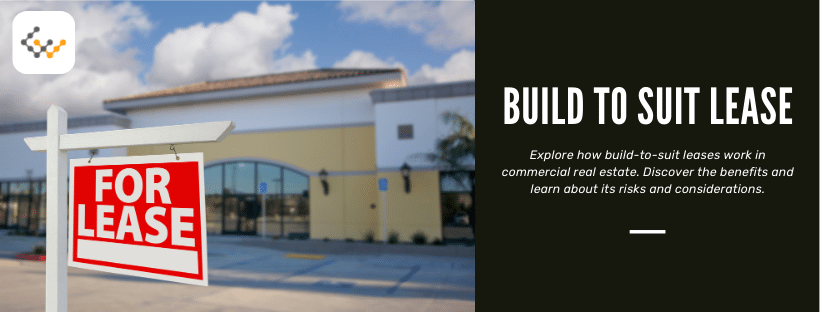
Property owners who have vacant or ready-to-update property may wish to offer a built-to-suit lease. This means the property owner agrees to lease arrangements in which the owner works with a developer to build a property based on the tenant’s needs. For investors considering a vacant property, a build-to-suit lease could be advantageous if a prospective value exists in the area for new business development.
Percentage Lease: What It Is and How it Works in Commercial Real Estate?
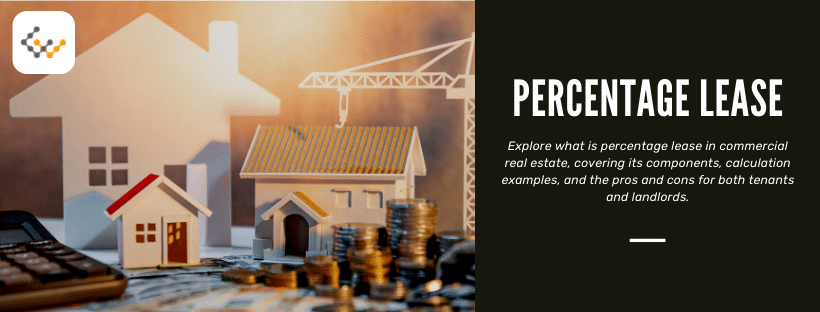
There are several different ways to structure a commercial real estate lease. When leasing retail spaces, a percentage lease is one of the common options. The lease’s structure can have benefits for both the lessor and lessee.
What is Percentage Lease and How Does It Work?
A percentage lease is a commercial real estate lease wherein the tenant pays the landlord a portion of their … Read More
What Does ARV Mean in Real Estate Investment?
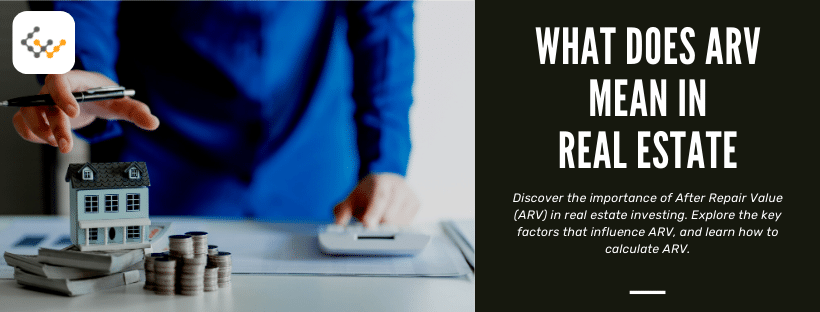
One of the most important figures that real estate investors must know is After-Repair value (ARV). Determining whether multi-family housing or commercial real estate is worth rehabbing is essential.
What is ARV in Real Estate Investing?
After-repair value estimates a property’s value after all planned renovations and repairs are completed.
ARV helps real estate investors determine how much a property could be worth. From that, … Read More

